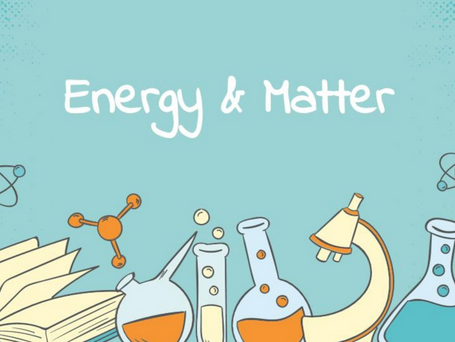Teaching Portfolio
Social Studies & Science
Name that Side
When students examine primary sources, they are provided with tangible connections into the past, which encourages them to build deeper, more personal understandings of historical events. By infusing primary sources into a social studies lesson, my students develop investigative and deductive reasoning skills by taking the role of detectives and using these sources as pieces of evidence to learn about people, events, and everyday lives in the past. However, facilitating a thought- provoking discussion that is centered around primary source documents and appeals to 5th grade students, is unusually difficult in a virtual learning environment. To develop a well-planned lesson that would address various learning styles, make learning active, and inspire students to participate and work in meaningful ways with their peers, my mentor teacher and I adapted the IDM materials and plans to create a review game for our students.
After our class learned about the values the American Revolution was based on and what specific events led colonists to separate from Great Britain, students reviewed the terms Loyalist, Patriot and Neutralists and determined the individuals' motivation in their stance by playing a game called Name that Side. Students were presented with adapted excerpts from Loyalist, Patriot and Neutralists and signed the letters, "L", "P", or "N" in American Sign Language to signal which side they believed the excerpt came from. Students were asked to explain their reasoning, share key takeaways, and summarize the main ideas from each source, which helped them revise and/or confirm their initial answer.
I did my best to address the whole spectrum of learning styles by reading each excerpt out loud for auditory learners and including photographs and highlighted power words for visual learners. However, I look forward to using an even wider variety of primary sources, such as audio recordings, video recordings, and artifacts (e.g., clothing, costumes, furniture) in my future to ensure that each student experiences primary sources according to their own learning style.
Energy & Matter
VIRTUAL SCIENCE INVESTIGATION
When learning about how energy impacts the states of matter, our students did a virtual science investigation. In this demonstration, we investigated the question, "How does energy affect matter?" by watching three short video clips. As a class, we practiced formulating a hypothesis and making observations after watching videos of ice cubes melting on a stove. I helped students improve their observations by reminding them to use their five senses and asking them open ended questions about what they noticed.
Students then worked through the slides independently and recorded their thoughts and observations. I adjusted this activity to accommodate each child's learning needs and preferences by providing them with the choice of recording, drawing, or writing their thoughts and observations as they move through the investigation.
Within a diverse classroom community of learners, it is always important for me to offer a range of different avenues for understanding new information, as well as providing choices for how students demonstrate their learning.








